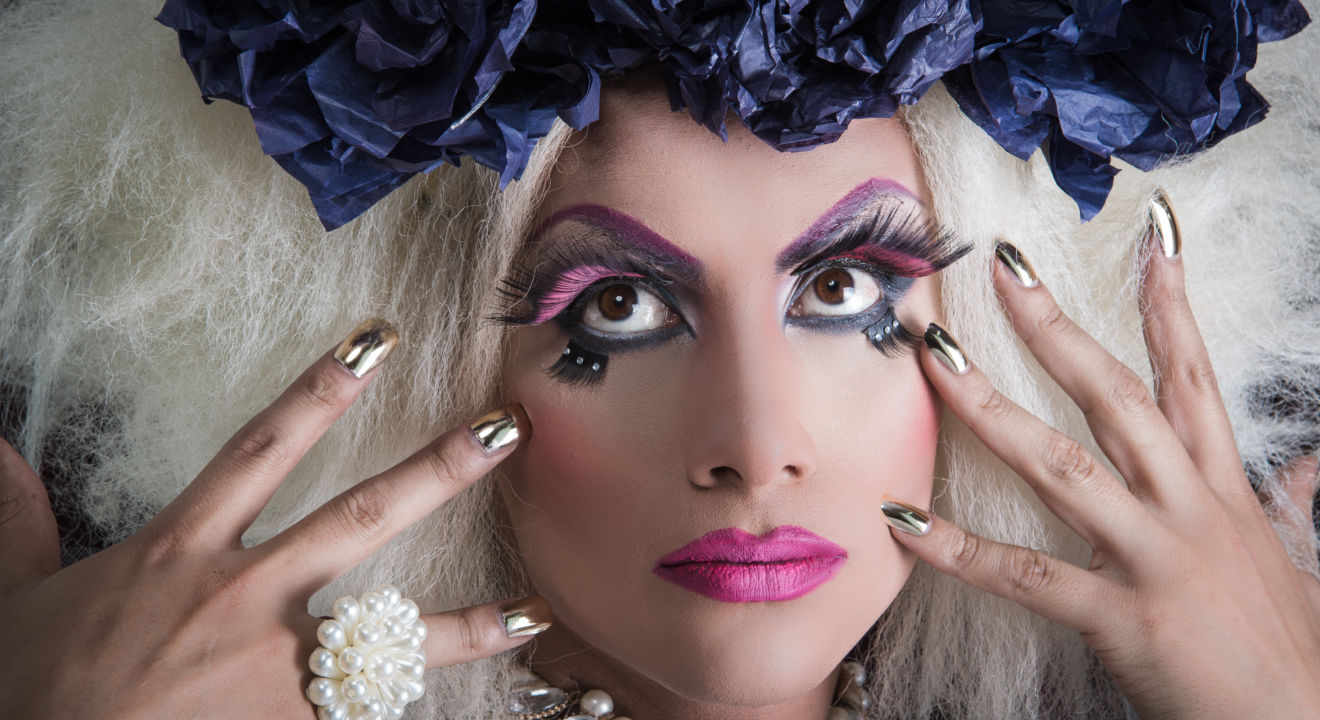Culture March 25, 2017


If you love a good drag show, you’ll love Cuba’s transformistas. Similar to American drag queens but including both male and female participants, transformistas are artists who cross-dress to perform for an audience.
Here are three things you should know about the transformistas turning heads and lip-synching their way through today’s hottest Cuban clubs.
Transformista literally translates to “someone who transforms” and it references performers who change their appearances. PRI featured one group of transformistas, called Cuarteto Habana, which is at first glance a band of suave men entertaining audiences with romantic pop songs.
Cuarteto Habana, however, is made of entirely women dressed as men. The band’s leader, Argelia Fellové Hernández, wanted to use the performance as a way to “empower women [and] give visibility to women.”
Who says cross-dressing can’t be a unique way to fight for women’s rights?
Drag has been popular in Cuba even before cross-dressing or open homosexuality was legal on the island. A Cuban newspaper called Diario de Cuba features one of the island’s most famous drag queens, Maridalia. When Maridalia isn’t strutting and singing on stage, she is Manuel Proenza Quintero, a 51-year-old man who struggles with his country’s contradictory behavior toward cross-dressers.
In an interview with Diario de Cuba, Quintero explains,”They used to put you in jail for cross-dressing, or even for wearing powder on your face, or tight clothing.” Yet at the same time, cross-dressing performers could enter the Gunila Festival and compete in front of a large audience of spectators and journalists.
Today, transformistas are becoming more accepted as LGBTQ rights gain traction in Cuba. While Cuba still has a long way to go on LGBTQ issues, more people like Argelia Fellové Hernández and Manuel Proenza Quintero are being able do what they love: perform.
Drag performances have historically been a way for people in the LGBTQ community to gather without fear of judgement. In a 2016 interview, Eric Politzer describes the gay cabarets where transformistas perform as “the only places for gays and straights to congregate together openly in safety, comfort and mutual respect.”
Performing not only provides a source of money for people like Hernández and Quintero, but it also creates an atmosphere that brings people together. Cross-dressing performances even seem to be uniting people of different countries — including those from the U.S. and Cuba after a 50-year trade embargo. In fact, Mimi Imfurst, an American drag queen who became famous after competing on RuPaul’s Drag Race, became the first American to perform at a Cuban drag show early in 2017.
Imfurst describes the experience as one that changed her life, saying, “The moment was overwhelming, the idea that we can come together to create a piece of art.” As US-Cuba relations continue to normalize, we can expect Mimi Imfurst will not be the last American drag queen to hit the Cuban stage.
In America, drag shows were historically marginalized from mainstream entertainment, and the same can be said of transformistas in Cuba. However, figures like Hernández and Quintero are proof that Cuba is beginning to become more accepting of cross-dressers and their role in Cuban culture.